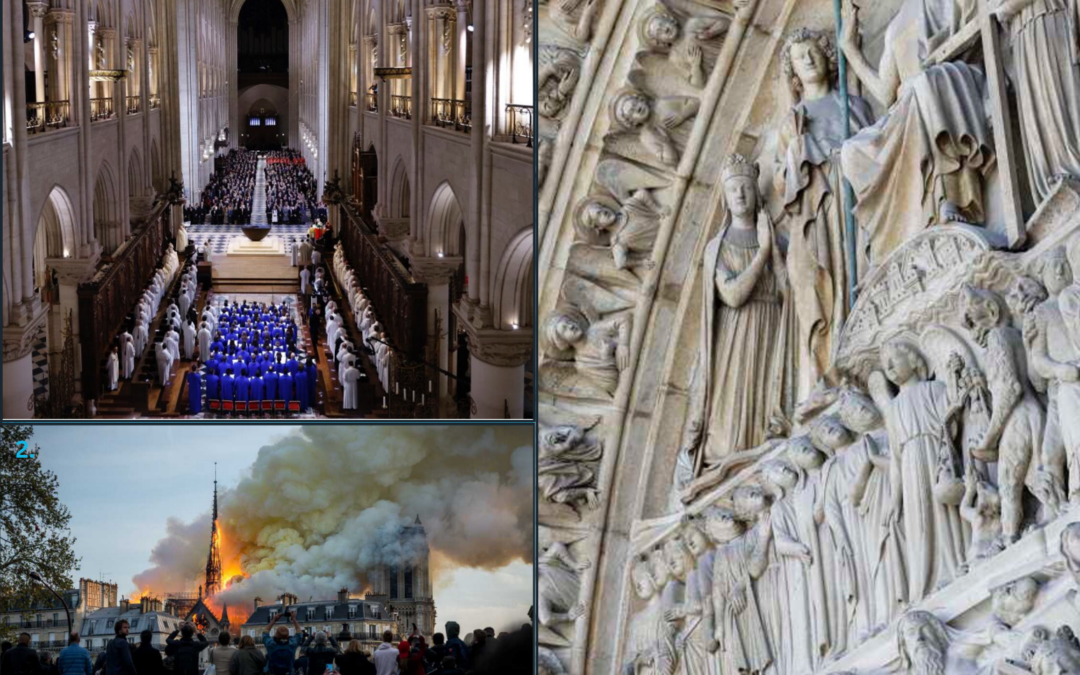Building Futures (BF) is about identifying projects, ideas, and innovations that create lasting positive change within the building community and the communities it serves.
Throughout my professional career, most building projects have relied on the assumption that a functioning “grid” of power, water, sewer, telecommunications, transportation, and internet systems was readily available. Yet, for far too long, these essential networks have been neglected, undermaintained, and rarely replaced when they’ve exceeded their design life. Driving through Chicago in recent years has been both frustrating—because of congestion—and exciting, as major infrastructure renewal is finally visible across highways, rail lines, bridges, and data centers.
This BF reflects personal experiences with historic buildings and the rebuilding of Notre Dame Cathedral in Paris.

A Personal Connection to Notre Dame
In 1979 and 1980, while studying abroad in Versailles, I spent considerable time in and around Notre Dame Cathedral. One of my extra-credit assignments involved studying the acoustics of Gothic cathedrals. My approach was simple: wait until the cathedral was empty, play my guitar, and then write a report on the experience. While hardly scientific, it was one of the most inspiring musical experiences of my life. The stone surfaces amplified and reflected the music, creating a remarkably full sound from a single acoustic guitar. I probably played in 6–10 cathedrals, and though my reports were modest, the experiences left a lasting impression.
Because of these personal memories, Notre Dame has held a special place in my life. When it burned on April 15, 2019, I felt a loss similar to witnessing the destruction of the Twin Towers on 9/11. I was deeply relieved when President Macron and global supporters made funds and resources available to rebuild the cathedral.
Originally constructed over 200 years (12th–14th centuries), the clean-up and reconstruction have taken approximately five years. Craftsmen and women from around the world have applied traditional skills—woodwork, stonework, stained glass—while seamlessly integrating 21st-century technology into the cathedral’s historic stone, wood, and lead structure. Watching documentaries and reading articles, it became clear that people worldwide share a deep attachment to Notre Dame. Their goodwill, financial support, and expertise have been instrumental in restoring the cathedral to its place at the heart of Paris.
Although my wife and I have many destinations on our bucket list, returning to Paris to see the reborn Notre Dame remains something we look forward to.
Photo 1 by Bastien Nvs on Unsplash
Photo 2 by Nivenn Lanos on Unsplash
Photo 3 by Sandip Roy on Unsplash
